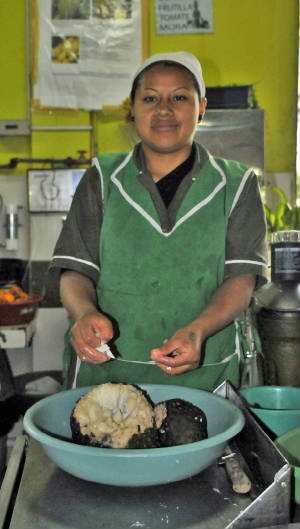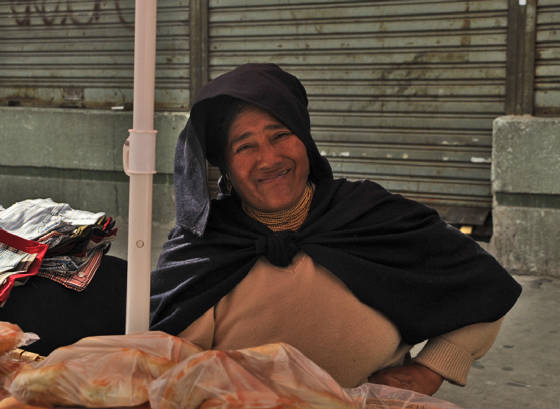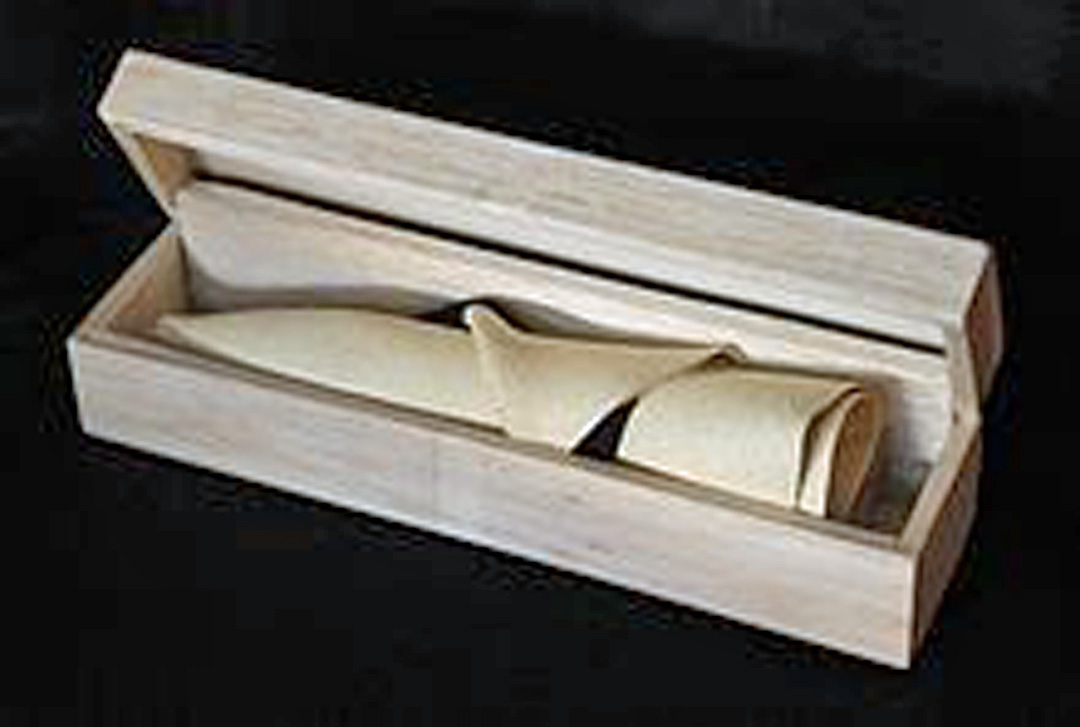Roast Pig is known as hornado. Here we could get as much or as little as we wanted

.
Ruda is used for other painful conditions including headache, arthritis, cramps, and muscle spasms; and for nervous system problems including nervousness, epilepsy, multiple sclerosis, and Bell’s palsy.
Other uses include treatment of fever, hemorrhage, hepatitis, “weakness of the ,” water retention, intestinal worm infestations, and mouth cancer. Ruda is also used to kill bacteria and fungus.
Ruda is sometimes applied directly to the to treat arthritis, dislocations, sprains, injuries of the bone, swollen skin, earaches, toothaches, headaches, tumors, and warts; and as an insect repellent..

All of the vendors seemd generally friendly and most did not mind having
their photo taken, especially if you bought something
The craftsmen there specialize in manufacturing masapan, bread dough figures that come in every shape and size. This pasty material is made into flowers, dolls, chess pieces, statues, figurines and so much more. If you can name it, the craftsmen can make it out of this flour dough material which dries rock hard. They make them into bracelets, necklaces, pins, refrigerator magnets, earrings as well.
Masapan
More Masapan
It all was hand made in the back of the store. We even got a chance
to try our hand in making a figure. Looked pretty bad so it went
back into the pot.
Knitted carnival masks
Ecuador is known for the ancient art of knitted carnival masks
Knitted carnival masks
Ecuador is known for the ancient art of knitted carnival masks
way that I could see. They just stayed in that location. Strange?
The chickens and quail were in cages.


Panama-hat quality is a heavily disputed subject. There are two main processes in the hat’s creation: weaving and blocking. The best way to gauge the quality of the weave is to count the number of weaves per square inch. Fewer than 100 would be considered low quality. There are many degrees of increasing quality, up to the rarest and most expensive hats, which can have as many as 1600–2500 weaves per square inch; it is not unheard of for these hats to sell for thousands of dollars apiece. Such a hat is known as the Montecristi, named after the Ecuadorian city that produces the best Panamas.The second best type is the Cuenca, again, named for an Ecuadorian city.
The quality of the weave itself, however, is more important. A high weave count, even an attractive-looking one, does not guarantee a well-woven hat. It is said that a Panama of true quality (a “superfino”) can hold water and when rolled for storage can pass through a wedding ring. However, Ecuadorian hatmakers disagree on how to rate the lesser-quality hats.
Although the Panama hat continues to provide a livelihood for thousands of Ecuadorians, fewer than a dozen weavers capable of making the finest “Montecristi superfinos” remain. The UK’s Financial Times Magazine of 13 January 2007 reported that there might be no more than 15–20 years remaining for the industry in Ecuador, due to the competition of paper-based Chinese-made imitations, especially as a few hat sellers dominate and manipulate the market. Panama hats can take up to 4 months to weave. They usually take 2 months to weave. I purchased a Montecristi superfino in the market there for $90.00. When I returned to the US I found the same exact hat listed at$500.oo. Yes it came in a nice little balsa-wood box like the photo.
